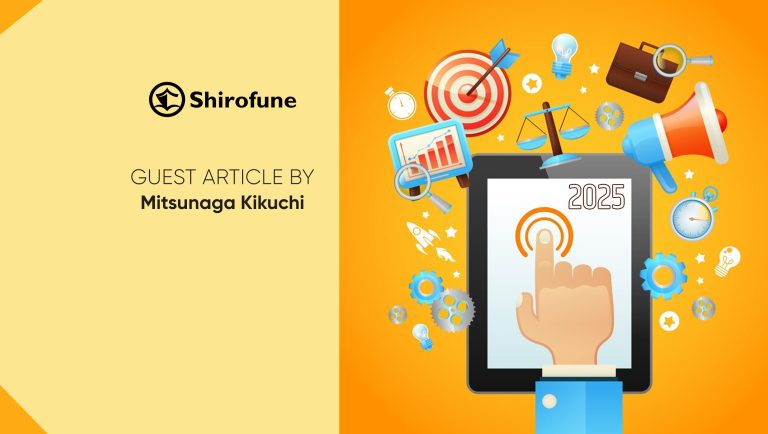 The term “omnichannel” may be a buzzword, but it represents a significant shift: marketers now need to reach and engage their best customers wherever they are – whether online, on their device, or on the go.
The term “omnichannel” may be a buzzword, but it represents a significant shift: marketers now need to reach and engage their best customers wherever they are – whether online, on their device, or on the go.
While continuous growth in the digital space has created more opportunities, it’s also brought new challenges. Marketers can target consumers more precisely with more personalized, relevant information than ever before. But tracking, measuring and optimizing this activity across an ever-growing number of touchpoints can be difficult – especially when channels are managed in silos and analyzed using outdated measurement techniques.
To manage today’s complex consumer journeys, more and more marketers have begun to embrace more holistic, cross-channel approaches to measurement.
Technological Advancements = The Need for New Measurement
Multi-touch attribution has revolutionized marketing measurement by enabling marketers to evaluate consumer journeys as a whole. Unlike siloed measurement approaches, it combines, normalizes and de-de-duplicates user-level touchpoint data into common success metrics and accurately assigns credit to the channels and tactics that influenced a desired action or outcome, such as a lead or sale. Marketers can then use these insights to make more effective and efficient planning and optimization decisions for future campaigns, as well as those already in flight. Some solutions even integrate audience attribute data to provide clarity into the tactics that drive the best results and experiences for each audience.
While multi-touch attribution can help marketers optimize and prove the ROI of their efforts, the sheer volume of cross-channel data, combined with the variety of desired business outcomes can make it hard to know where to begin. Here are seven best practices for navigating the organizational and logistical changes needed to implement and adopt multi-touch attribution.
Also Read: Three Steps Toward a People-Based Marketing Strategy
- Select an Attribution Leader
One of benefits of multi-touch attribution is that it reveals the influences and synergies between channels. Teams and individual channel managers can work together to optimize creative messages and spend across touchpoints and audiences to drive sales, revenue, ROI, and other success metrics.
With so many people set to benefit, it is essential to establish a single contact within the company who is responsible for driving implementation, adoption and ongoing education. Assigning and empowering an attribution leader can help ensure that attribution initiatives are prioritized and that the insights and recommendations it produces are incorporated across all channels.
- Educate Stakeholders
Prior to implementation, internal stakeholders and external vendors should be educated about multi-touch attribution and its capabilities. For many marketers, this approach to measurement is radically different from their current methods. The insights it produces not only require marketers and their agency partners to think differently, but also to invest their budget differently. Educating stakeholders upfront ensures they understand the value of multi-touch attribution and why it is being implemented. It will also ensure teams are interpreting the insights accurately and using them to effectively optimize spend and performance.
Also Read: Five Inconvenient Truths of Multi-touch Attribution (MTA)
- Define Shared Success Metrics
In many organizations, each channel has its own budget and is measured in silos using different metrics. Multi-touch attribution breaks down these silos to reveal how channels and tactics work in tandem to deliver business results. By establishing a shared set of key performance indicators (KPIs) that are aligned with the company’s overall business goals, teams can ensure they are working together to drive desired actions and outcomes, by audience, at each stage of the funnel.
- Produce a Data Plan
Multi-touch attribution solutions consolidate performance, cost and audience data from multiple, disparate systems into a single repository. Creating a data plan that outlines the types of data that needs to be pulled and where it will be sourced can help eliminate bottlenecks and keep the implementation on track.
- Create a Taxonomy
Taxonomies standardize data inputs and outputs to and from an attribution solution. Defining a taxonomy that aligns with the organization’s unique structure and vocabulary ensures marketers can analyze the performance of the media dimensions that matter most to their business.
Also Read: How ‘More of the Same’ Threatens the Future of Digital Advertising
- Begin with a Single Channel or Campaign
Instead of diving in head first, marketers should set their sights on using multi-touch attribution on a single channel or campaign to receive an initial set of results. When deciding on an initial test, consider starting with the most productive and/or largest channels first. A phased implementation approach enables teams to test the new system, achieve success early, and build momentum for expansion.
- Activate Optimization Recommendations
Multi-touch attribution produces sophisticated performance insights that enable marketers to make more informed optimization decisions. But if those optimization recommendations are never put into market, teams will never achieve their ultimate goal of improving marketing results and ROI. By measuring, optimizing and activating the insights produced by multi-touch attribution, marketers can not only boost agility and ROI, but also lay the foundation for delivering true omni-channel consumer experiences.
Implementing any new technology to an existing marketing stack can seem complicated, and a multi-touch attribution solution is no different. By following these seven best practices, marketers will be better prepared to harness the potential of multi-touch attribution—and the significant competitive advantages it offers.
Also Read: Why You Need Engagement-driven Marketing in the Digital Era






















